Subscribe to Baseball History Comes Alive! for automatic updates. As a Free Bonus you’ll get instant access to my two Special Reports: Memorable World Series Moments and Gary’s Handy Dandy World Series Reference Guide!
1919 World Series Photo Gallery
Click on any image below to see photos in full size and to start Photo Gallery:
The 1919 World Series: Did the White Sox Lose…or Did the Reds Win?
With 2019 being the 100th anniversary of the Black Sox scandal, Kevin Trusty has written a provocative article highlighting a few things I’ve been saying for a long time: 1) The Reds were a pretty darn good team; and 2) The conventional wisdom about the 1919 World Series may not be what it’s cracked up to be. Read Kevin’s interesting article and judge for yourself!:
This year’s World Series will mark the 100th anniversary of the famed Black Sox scandal, in which eight (really six) members of the Chicago White Sox conspired with gamblers to throw the 1919 World Series to the Cincinnati Reds. The ’19 Sox were considered by some to be one of the best teams of all time, at least of the deadball era, and heavy favorites to win the nine-game series over the Reds.
The rest is history.
Exceedingly gray history, that is.
The eight accused members of the Sox were officially banned from baseball in 1921, and ever since, countless investigations and unending research have been conducted to try and determine what really happened that fateful October a century ago. Eight Men Out, the famous 1963 book by Eliot Asinof (and the resulting 1988 film by John Sayles), once considered gospel, has been largely discredited as more thorough facts have been uncovered over the years. The book and film, while both entertaining and well done, paint a broad, and often unsubstantiated, stroke of the story. By comparison, and grandly accepted by historians and researchers, Gene Carney’s 2006 book, Burying the Black Sox, is a far more authoritative and factual piece than Asinof’s effort could ever claim to be.
Some believe that the entire series was fixed from the start. Others ascertain that after the players did not receive their promised money somewhere around the third or fourth game, they began to try to win. Yet others still would say that one of the chief tragedies (among many) in that series, is that proper credit has never been given to the Reds for being a great team – or for simply beating the White Sox.
Shop MLB.com. The Official Online Shop of Major League Baseball.
The truth, as is often the case, is probably somewhere in the middle. In any event, there is much evidence to show that the Cincinnati Reds were no fluke, and very well could have been better than the mighty White Sox.
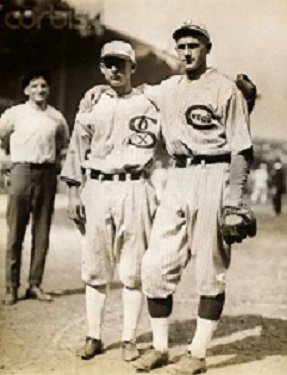
Cincinnati took the National League pennant with a sterling record of 96-44. They were a balanced team with an excellent infield and consistent, if not spectacular, starting pitching. The odds were highly in Chicago’s favor prior to the start of the series, before evening out before Game 1 due to rumors of the fix. It’s important to remember that in that era, fixing games and betting on baseball were nothing new, with rumors of such foul play surrounding virtually every big game. Several players had already been banned by 1919 for such acts as well, so some precedent was there.
While statistics don’t always tell the full story, especially in baseball, the Reds and White Sox draw some very interesting comparisons in several categories.
As a team, the Sox were better hitters than the Reds and their star power gave them the edge in terms of prestige. Despite the fact that very star power contributed to the team being divided and despising one another, they carried three Hall of Fame players on the roster in catcher Ray Schalk, second baseman Eddie Collins and pitcher Red Faber. That number could’ve been as high as eight, however, if the ban didn’t happen. Shoeless Joe Jackson was a lock, an argument could’ve been made for Eddie Cicotte, and if career trajectories stayed course, Buck Weaver, Happy Felsch and Lefty Williams may have entered the discussion too. The Reds meanwhile had just one future Hall of Famer on their club, outfielder Edd Rousch, but even without the vanity and splendor, they were a hungry, well-rounded club.
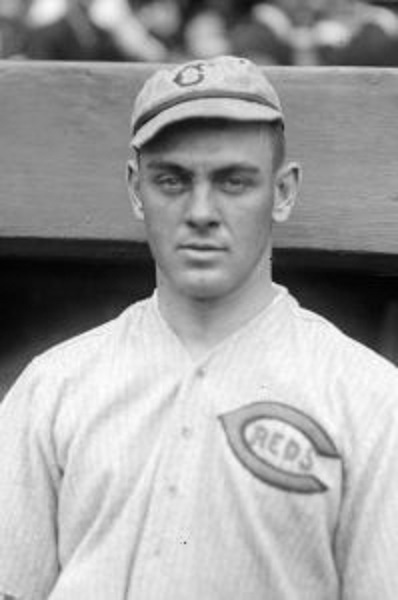
American League teams had won eight of the previous nine World Series’, including the White Sox in 1917, so that likely added to their reputation of superiority which gave folks the impression that they may have been better than they really were.
One of the biggest keys heading into the series of course was the starting pitching – advantage to the Reds here. They were able to attack the Sox with a strong five-man barrage of Dutch Ruether, Slim Sallee, Ray Fisher, Jimmy Ring and Hod Eller. Having a healthy and consistent five-man rotation is pretty crucial in a best-of-nine in any era. On the season, the Reds staff cached a team ERA of 2.23, compared to the Sox’ 3.04. Furthermore, while the Reds had a full rotation, the Sox had to rely on Cicotte and Williams to carry the burden, with each man making three starts in the series. Faber was inactive with an injury, which had a significant impact on this series and isn’t often mentioned. Had he been able to go, the complexion of the whole rotation changes instantly. Instead, young Dickie Kerr, theretofore a bit of a wild card despite having a strong regular season, had to step up big time. He did just that, winning two games and keeping the Sox in it, but it wasn’t enough. The fact that Cicotte and Williams were in on the fix notwithstanding, Cincinnati had more, better, and rested arms.
Defensively, the Reds were better than the White Sox. On the season, Cincinnati had 24 fewer errors and a higher fielding percentage than their Chi-town counterparts. Additionally, the Reds compiled 23 shutouts to the White Sox’ 14. This easily can be attributed to a combination of both great pitching and defense. While the Sox certainly had both, they often relied on their ‘big inning’ offense to bail them out of many games. The Reds on the other hand made evident the time-honored belief that good pitching beats good hitting…most of the time. Advantage Reds here, too.
Heading down the pennant stretch into the series, the Reds were also the hotter and hungrier team. They went 47-16 in the second half compared to the Sox’ 40-26 mark, and were 8-2 in September vs. the other pennant chasers (Giants, Cubs, Pirates). The Sox meanwhile, were just 6-6 in that same month vs. the Yankees, Indians and Tigers, who were competing for the American League flag. Season-long against the top contending teams in their league, Cincinnati wound up 38-22, whereas the White Sox went 35-25 in their version. The Reds took the National League pennant by 9 full games over the New York Giants, while the White Sox won the American League by 3 1/2 games over the Detroit Tigers.
The snapshot of what this means is that the Reds played better against the best teams in the NL than the White Sox did against the best in the AL. They showcased better pitching and defense throughout the year, and had a full staff of capable arms at their disposal in October.
As mentioned earlier however, the stats don’t always tell the full story. This is where intangibles come in, and the White Sox clearly had much worse to deal with than the Reds. In fact, the Sox had long been destroying themselves, well before the gamblers’ influence in fixing the series became the gas thrown on the proverbial fire.
What makes deciphering the scandal such a mess (100 years later or not), was that it was a mess in itself at the time. Nobody will ever know the real truth because, as has been reported, even the players themselves didn’t fully know what was going on. It was always unclear who was really trying and who wasn’t, and who was double-crossing who. That level of uncertainty alone would presumably cast major mental anguish on a ballplayer. Not to mention the constant barrage of questions from teammates, manager Kid Gleason, owner Charles Comiskey, reporters and fans, which must have added to the clubhouse distractions.
Individually, the clean Sox players, plus guys like Jackson and Weaver, who were grouped in on the fix but their excellent play indicates they were trying to win, must have gone through hell trying to play while not knowing their teammates’ intentions. This gives rise to the belief in a case of the Sox beating themselves, though that does not discredit Cincinnati’s efforts.
The Reds had to deal with none of this internal strife, by comparison. They just had to go and play their own game, and, as heavy underdogs, really had nothing to lose. These things alone could conceivably lighten the challenge.
Questions of course will always remain. Did the Reds catch the Sox at the worst possible time as they were tearing themselves apart from within? Or were they simply the better team?
The truth, again, is probably somewhere in the middle.
No matter what, the Reds of 1919 were no slouch, and that should not be forgotten.
-Kevin Trusty
Visit Kevin Trusty’s web page: Radbourn’s Revenant
(Player identifications of the 1919 Cincinnati Red in the featured photo above are available upon request).
Photo credits: All from Google search
Sources: https://www.baseball-reference.com/teams/CIN/1919.shtml
Let your voice be heard! Add your name to the petition to help get Gil Hodges elected to the Hall of Fame. https://wp.me/P7a04E-57h
We are a participant in the Amazon Services LLC Associates Program, an affiliate advertising program designed to pro
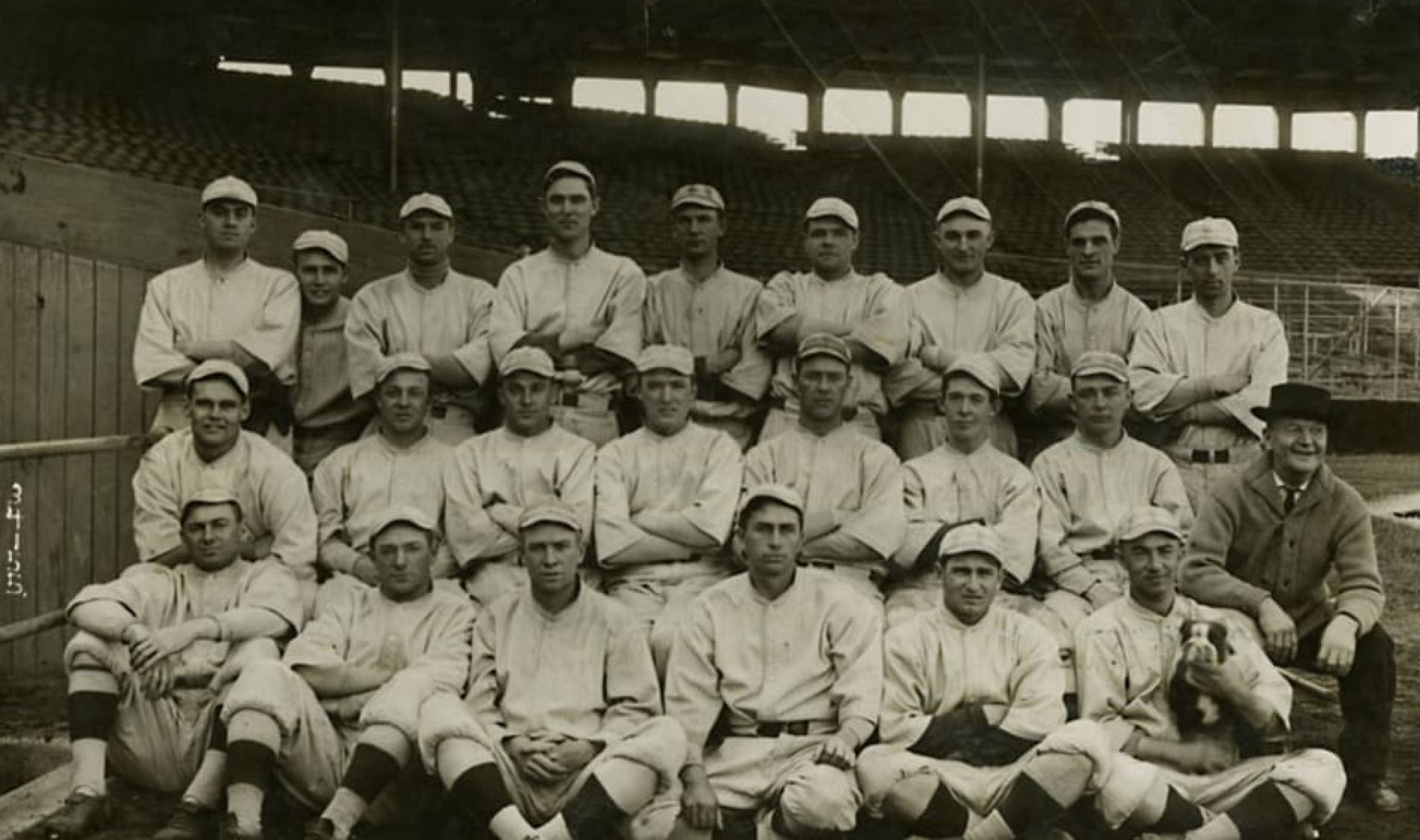
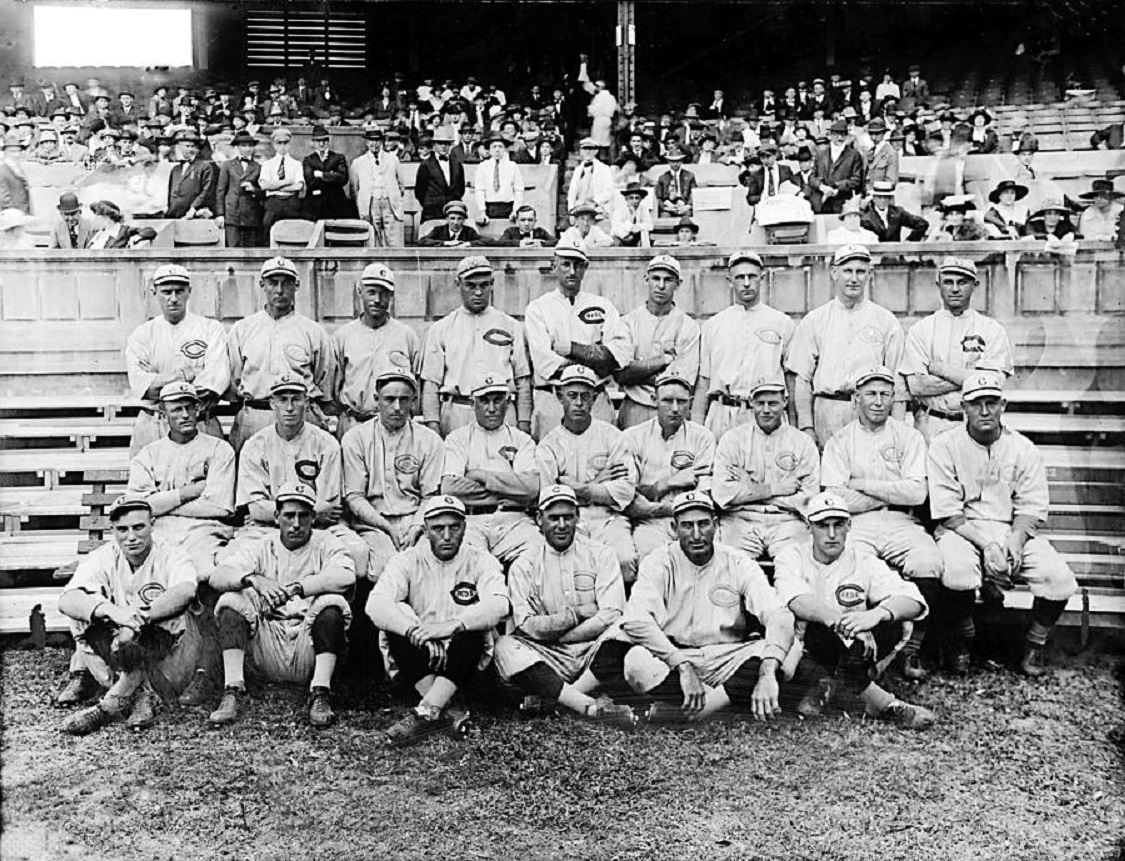
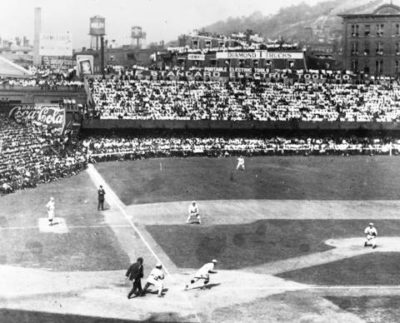
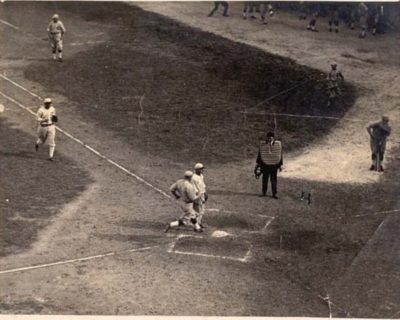
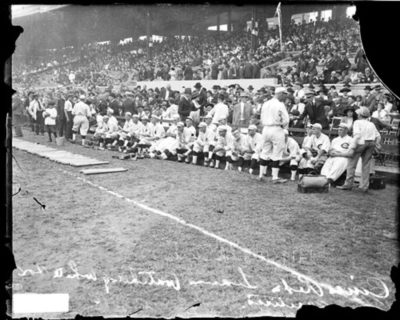
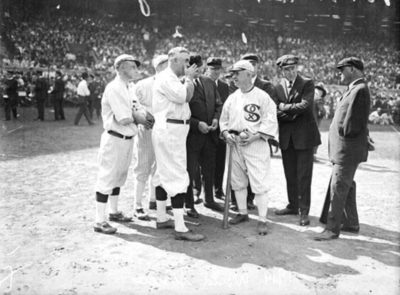
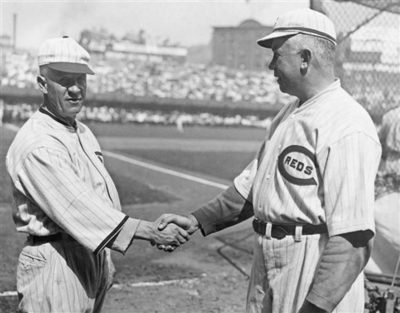
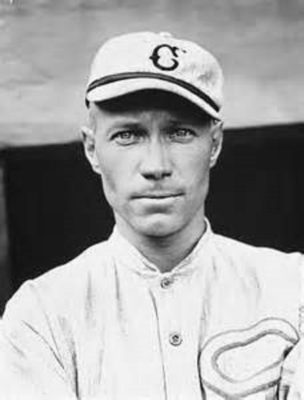
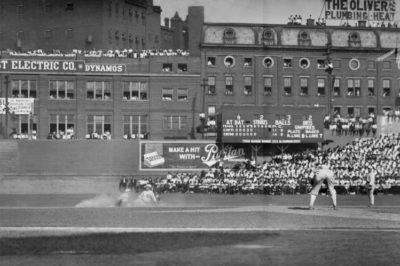
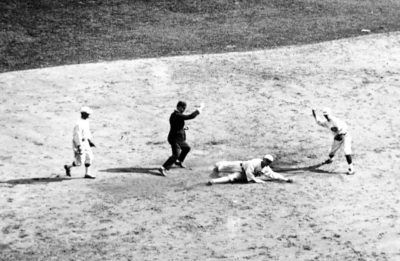
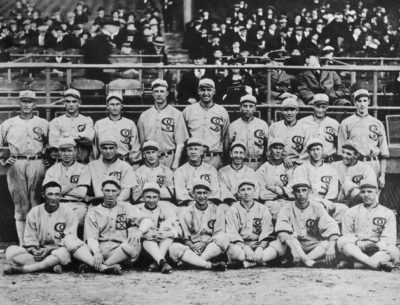
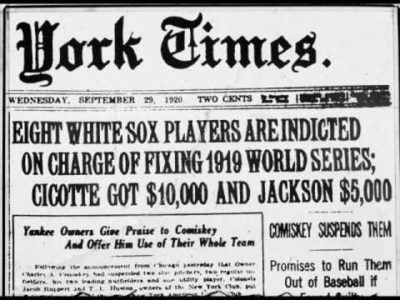
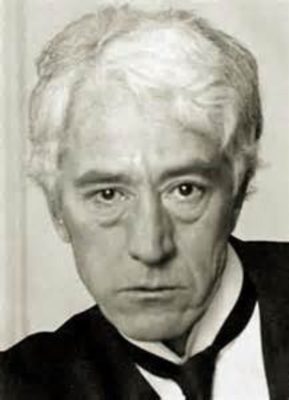
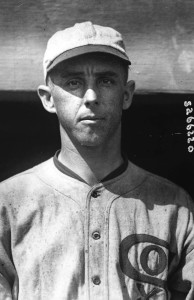
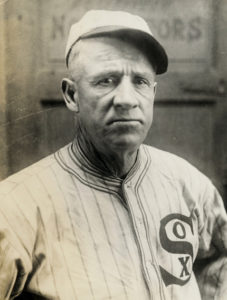
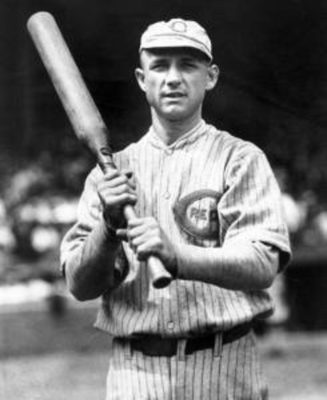
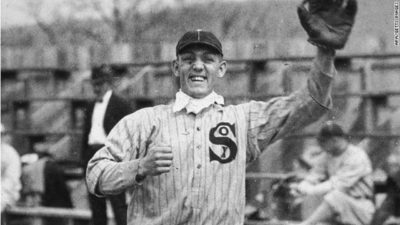
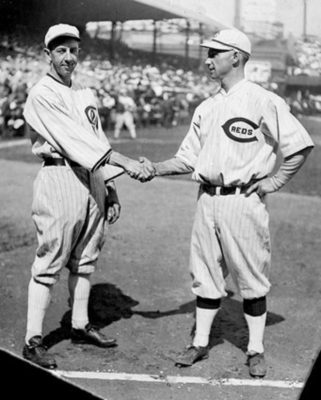
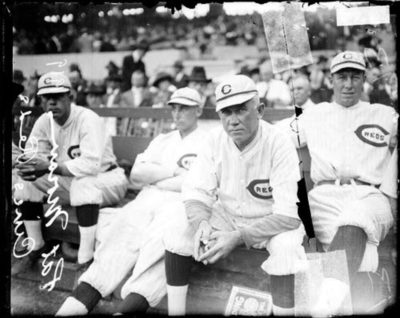
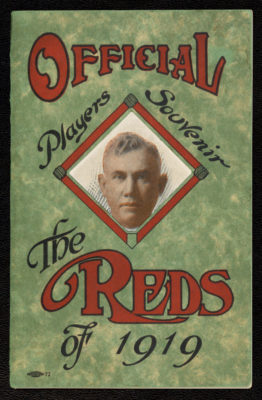
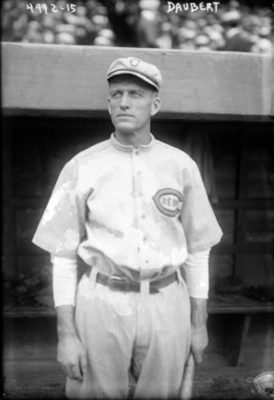
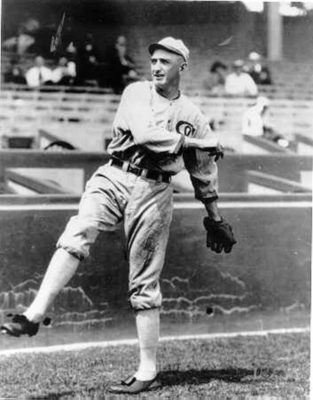
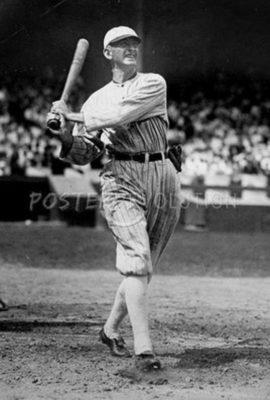
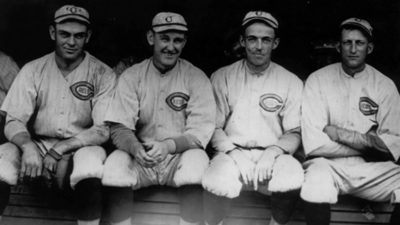
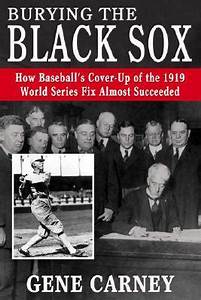
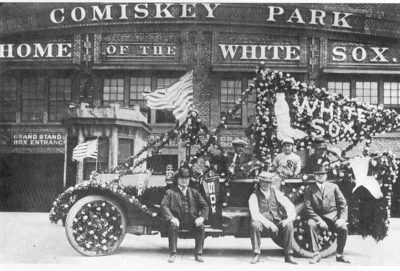
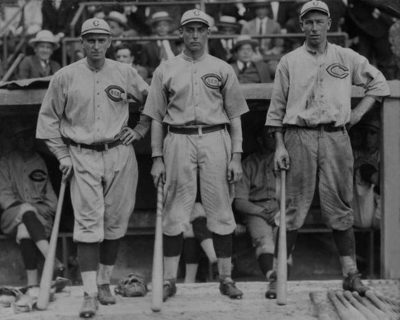
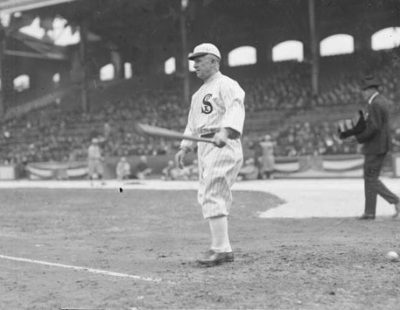
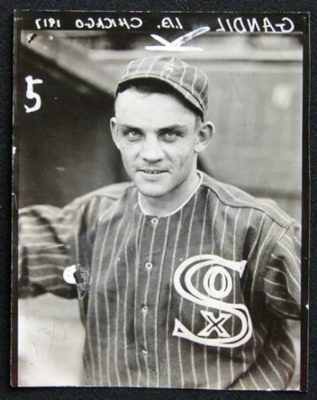

Check out the 1919 photo bombs in the featured photo!
Gene Carney’s book was great. Almost as good as “Eight Men Out”.
His notes from the “Shadows of Cooperstown” were great. His passing a few years ago meant one less voice of baseball history.
Agree. I became friends with Gene in the year before his death and got to talk to him extensively about the book. I also took him to a Cubs game when he was here in Chicago during research at the Chicago Historical Society.